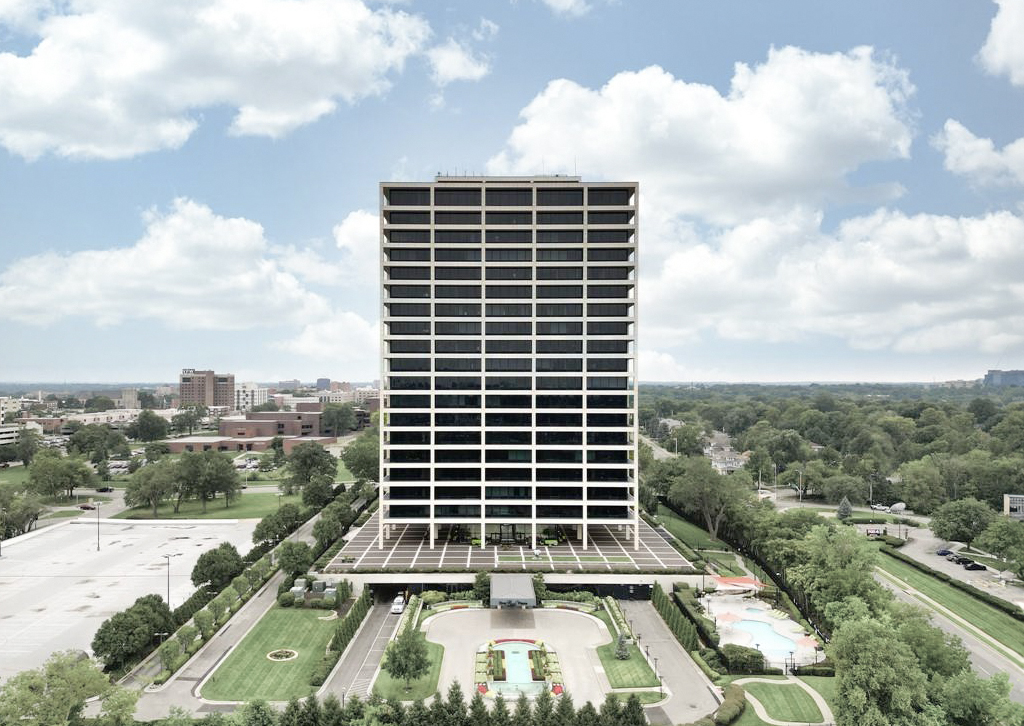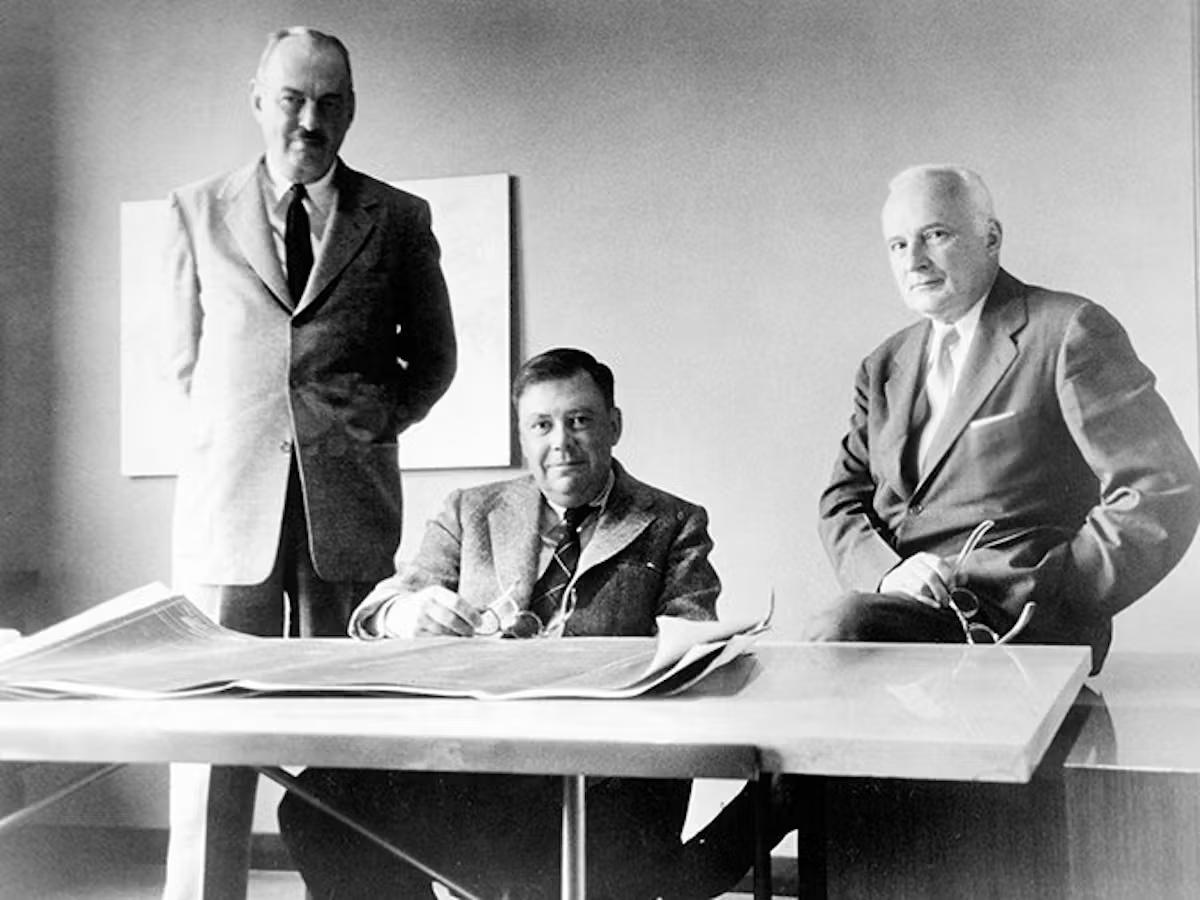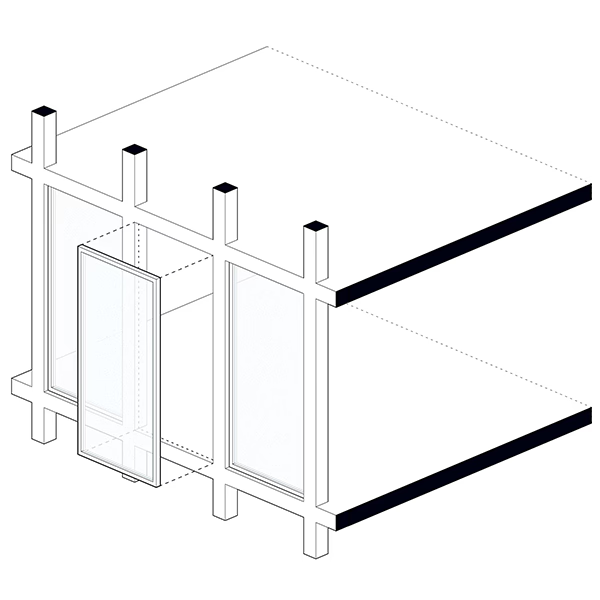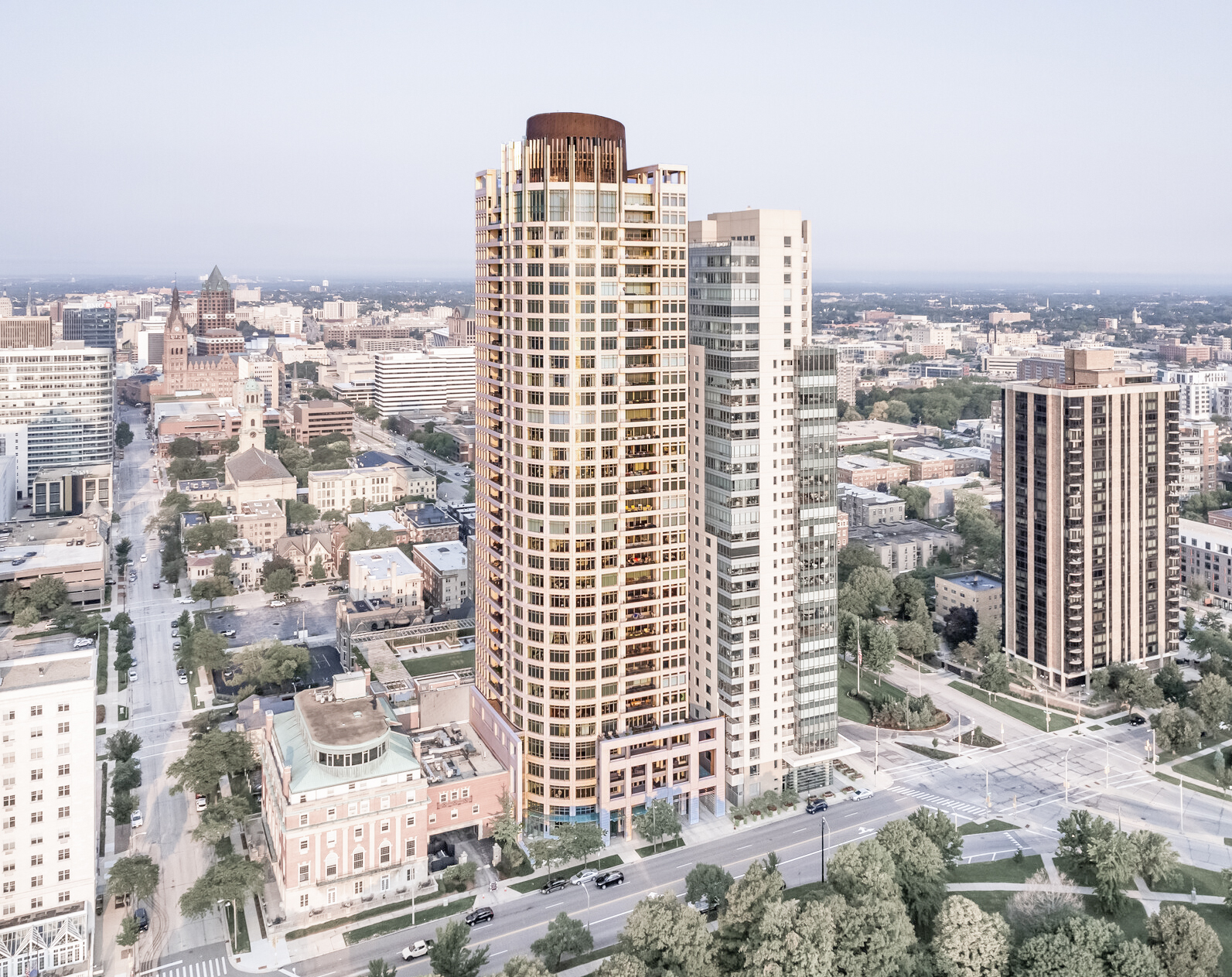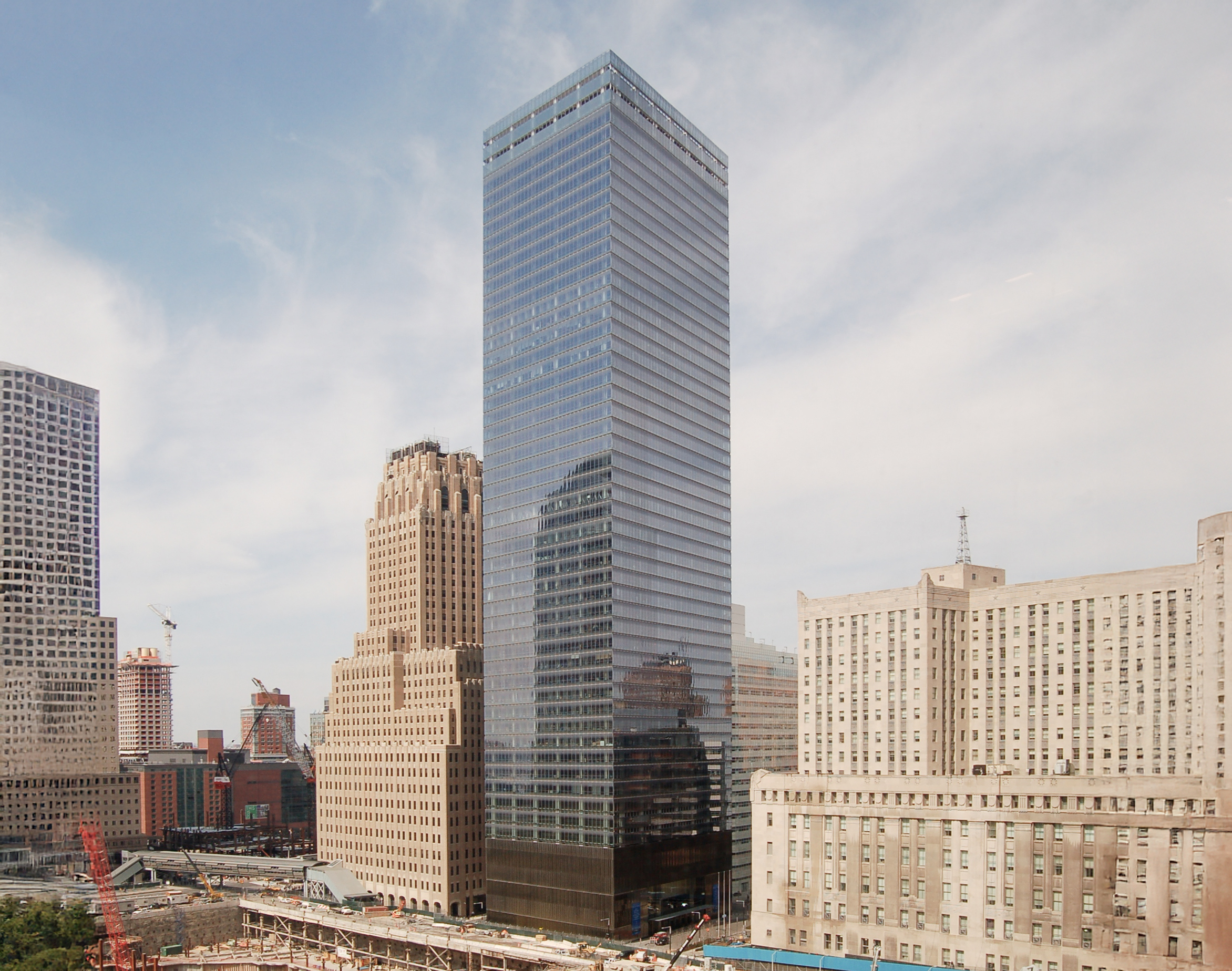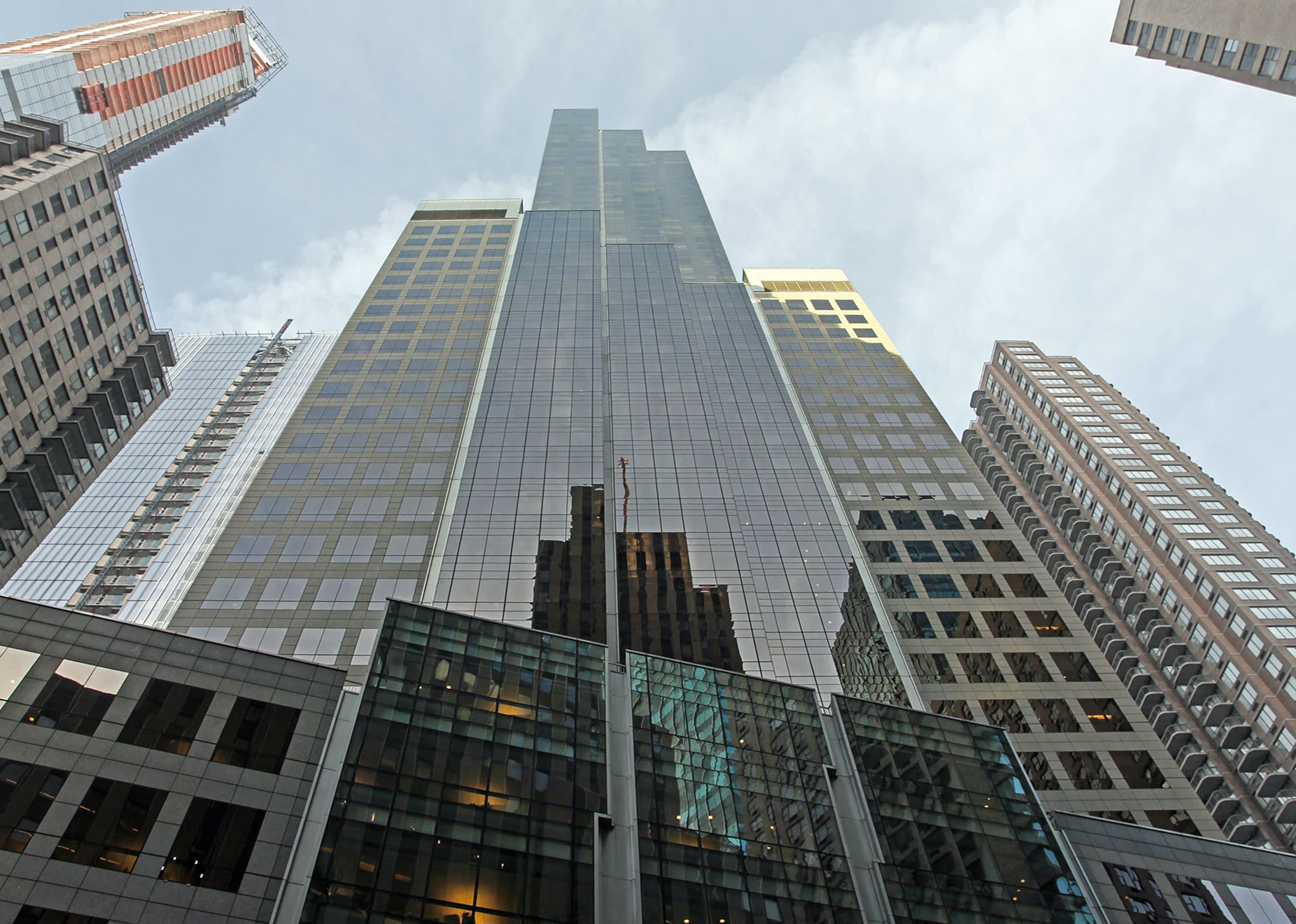The BMA Tower is an International Style skyscraper designed by Skidmore, Owings & Merrill, with Bruce Graham as lead architect, and built between 1961 and 1963, for a reported $9.00 million dollars, in Kansas City, MO.
BMA Tower is not the only name you might know this building by though. It is common for companies to want to attach their names to iconic buildings when they move in, or for the general public to come up with nicknames, and this one is no exception. The BMA Tower is also known, or has been known as, Business Men’s Assurance Company of America Building, or One Park Place.
Its precise street address is 700 W 31st Street, Kansas City, MO. You can also find it on the map here.
The BMA Tower is a structure of significant importance both for the city of Kansas City and the United States as a nation. The building embodies the distinctive characteristic features of the time in which it was built and the International Style style. Because of that, the BMA Tower was officially included in the National Register of Historic Places on August 21st 2002.
In 1964 the BMA Tower was awarded with the AIA First Honor Award .
Its distinctive exterior is free of ornamental details, instead using a combination of white cladding and black glass to achieve a minimalist, Miesian aesthetic. This design has earned the building multiple architectural awards and even a feature in a special exhibit at the Museum of Modern Art in New York..
The building has been restored 2 times over the years to ensure its conservation and adaptation to the pass of time. The main restoration works happened in 1986 and 2011.
